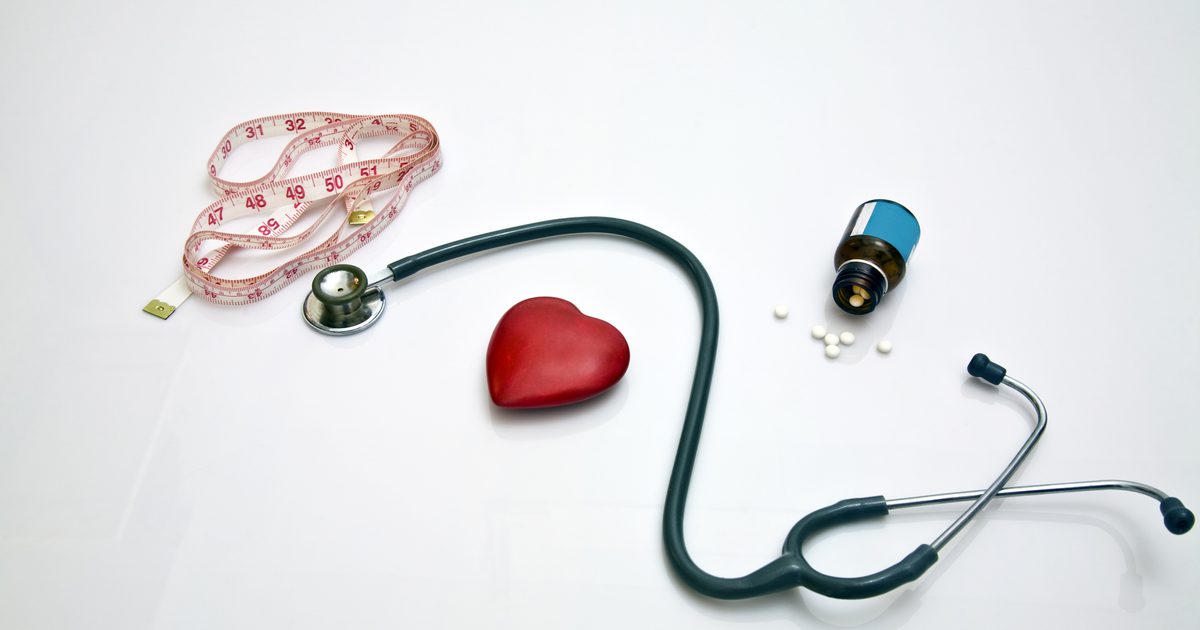Guide To Treating Essential Thrombocythemia
Essential thrombocythemia is a disorder in which the body produces too many platelets. This rare condition occurs more often in women and is most commonly diagnosed in individuals over fifty years old. Typical symptoms include lightheadedness, fainting, and chest pain. In more severe cases, essential thrombocythemia can cause blood clots, and many cases of the disease are not diagnosed until this point.
While there is no cure for essential thrombocythemia, there are treatment options available. Because blood clots are serious medical conditions and can be fatal in some cases, it is important to diagnose essential thrombocythemia and begin treatment as quickly as possible. It is also important to follow guidelines that can reduce the risk of developing the disorder.
Consume Healthy Foods

One of the best ways to treat essential thrombocythemia is to consume healthy foods. Avoiding saturated and trans fats is important for keeping the arteries clear, which in turn helps prevent blood clots from forming. A diet including plenty of whole grains, fruits and vegetables will help keep the body functioning as normally and efficiently as possible to avoid complications from essential thrombocythemia.
Beyond covering the basic food groups, following a diet that avoids inflammatory foods can lessen the symptoms of essential thrombocythemia and prevent blood clots and other complications. Consuming foods such as tomatoes, fatty fish and nuts will keep inflammation in the body at bay. This diet can not only improve symptoms and reduce risk factors for complications of essential thrombocythemia but also improve the patient's overall health and wellbeing.
Take Recommended Medication

One of the most important ways to manage symptoms and treat essential thrombocythemia is to take recommended medication. Several different medicines may be recommended to treat the symptoms of and lessen the potential for complications from essential thrombocythemia. Low-dose acetylsalicylic acid is often recommended to reduce platelet levels and lower the risk of clotting. Medications that target the bone marrow to slow the production of blood cells and platelets may also be recommended. While some of the side effects may be difficult to endure, failing to take these medications can increase the risk of blood clots and lead to serious complications from the disease.
Increase Exercise

A sedentary lifestyle can lead to quite a few health issues, including the exacerbation of symptoms of essential thrombocythemia and lead to more serious outcomes of the disease. One of the best ways to treat essential thrombocythemia is to increase exercise. Physical activity keeps the body in shape and functioning efficiently, which is important when dealing with diseases of the blood. Regular cardiovascular activity helps combat conditions in the arteries that can lead to a buildup of platelets and clotting. Exercise also keeps body weight in check, along with comorbid risk factors for blood clots and other complications of essential thrombocythemia.
Wear Compression Socks

Compression socks are a helpful tool for reducing the formation of blood clots and treating essential thrombocythemia. These socks fit snugly around the leg and improve circulation by relaxing the arteries to keep the blood moving. This is particularly important for individuals with essential thrombocythemia because when the blood does not flow well through the veins and arteries, it pools and can cause swelling and lead to the development of clots. When individuals with essential thrombocythemia wear compression socks in conjunction with taking recommended medications, they can significantly reduce the risk of a blood clot or other complications.
Low-Dose Acetylsalicylic Acid

Low-dose acetylsalicylic acid is an effective treatment for cardiovascular issues, including essential thrombocythemia. Acetylsalicylic acid has been shown to reduce the clotting properties of platelets, an abundance of which is a common concern with essential thrombocythemia. Daily use of low-dose acetylsalicylic acid can help keep arteries clear and the blood circulating throughout the body, reducing the overall risk of blood clots. It is important to take acetylsalicylic acid for this condition as the doctor recommends, since missing doses can impact its overall effectiveness. Taking acetylsalicylic acid in conjunction with other treatments will best help prevent clots and minimize the symptoms and complications associated with essential thrombocythemia.
